
High-yield farming area decreased sharply
Duong Kinh Ward was established on the basis of merging Tan Thanh and Hai Thanh Wards, a traditional aquaculture locality. The total aquaculture area is about 335 hectares (including 300 hectares of saltwater, brackish water and 35 hectares of freshwater), with more than 900 households.
However, due to long-term water pollution, degraded irrigation infrastructure, and concerns about the planning project, aquaculture in Duong Kinh ward is falling into the most difficult period. According to the Economic , Infrastructure and Urban Department of Duong Kinh ward, in recent years, aquaculture has become less and less sustainable. Because the internal irrigation system was built more than 30 years ago to serve only rice production, there is no separate water supply and drainage system for aquaculture. A total of 12 canals, 3 pumping stations and 4 culverts under the dike are seriously degraded, not meeting the requirements of large-scale shrimp and fish farming.
Nguyen Van Dao, Head of Tan Thanh Aquaculture Cooperative, said that the 175.6-hectare aquaculture area managed by the cooperative has 610 households. However, 90% of the households only raise a small amount of water because the water is not guaranteed. The aquaculture pond area in Duong Kinh ward is like a basin, "receiving" wastewater from Dinh Vu, Do Son and Cau Rao industrial parks. If there is a tide, the water flows out to sea, when the tide is low, the water stagnates in the Duong Kinh aquaculture area, leading to unstable water quality. According to the results of the first environmental monitoring and warning in aquaculture, October 2025, the Department of Fisheries, Livestock and Veterinary Medicine (Department of Agriculture and Environment) issued recommendations in some localities, including the brackish water shrimp farming area in Duong Kinh ward. There are also some monitoring points with pH and clarity parameters values lower than the allowable limits; The salinity parameter values at 9/9 monitoring points are still quite low, not suitable for brackish water shrimp farming. There are 5 species of toxic algae with very high density and bacteria causing hepatopancreatic necrosis disease in farmed shrimp... Therefore, farmers need to monitor the time of water intake and pay attention to appropriate treatment measures (using filter bags; sedimentation, chemicals, environmental treatment products...), stabilize pH, dissolved oxygen and salinity before supplying water to shrimp ponds.
According to Mr. Nguyen Van Dao, in addition to the water quality issue, the aquaculture area is currently in the planning of 2 urban projects, so many households do not dare to expand or reinvest. If in 2017, the high-yield farming area of the ward reached 20 hectares, now it is only about 5.7 hectares. People only keep ponds for extensive farming, low productivity of 6-7 quintals/hectare. The cooperative's revenue from more than 20 billion VND/year in the period 2015-2017 is now only about 15 billion VND/year.
In fact, the number of high-yield farming households in Duong Kinh ward is quite small, because not all households have the conditions to invest in tanks and water filtration ponds. For example, Mr. Nguyen Van Khoe's household invested about 5 billion VND to raise high-yield white-leg shrimp. Mr. Khoe said that his family has 3 hectares, but had to spend 2 hectares to make water filtration ponds to raise 1 hectare of shrimp. He had to borrow money and mortgage the bank, not to mention the heavy damage of more than 5 billion VND from the Yagy storm in 2024. Therefore, about 2 months ago, his family started raising a new shrimp crop. However, Mr. Khoe is worried and hopes that this crop will not be affected by weather and disease to recover capital.

Need to remove difficulties
Ms. Nguyen Thi Thanh Huyen, agricultural specialist, Economic, Infrastructure and Urban Department of Duong Kinh Ward said: In the immediate future, to support households in ensuring water sources for aquaculture, the Department of Agriculture and Environment has set up a monitoring and environmental warning point for aquaculture in the ward. Based on the monitoring results, it will soon notify and recommend aquaculture households in the ward to take measures to ensure water sources for aquaculture. At the same time, the ward will coordinate with Da Do Irrigation Works Exploitation One Member Co., Ltd. to proactively regulate, drain and supply water to balance brackish water sources.
According to Vice Chairman of Duong Kinh Ward People's Committee Dao Huu Cuong, in the coming time, the locality will focus on forming specialized farming areas according to key product groups, especially brackish water aquaculture. The locality encourages aquaculture households to apply environmental sensor technology and automatic monitoring of water quality. In addition, the ward continues to organize technical training and technology transfer, especially in tent farming, circulating water treatment; and upgrade the irrigation system to suit local conditions.
That is the orientation, but if the aquaculture industry is to recover, people hope to have synchronous investment infrastructure soon. Mr. Nguyen Van Dao suggested that if the irrigation system is not upgraded and the project planning area is not clearly announced, people will find it difficult to feel secure in production and boldly invest.
Most aquaculture households in Duong Kinh ward still have the mentality of "taking labor for profit", maintaining extensive farming to take advantage of the area. To properly exploit the economic advantages of the locality, infrastructure must be invested synchronously and planning must be clear. People are willing to invest and apply new technology, but they need technical support, irrigation systems and a unified development orientation. When these "bottlenecks" are removed, the aquaculture lagoon area of Duong Kinh ward can fully exploit its inherent potential.
BUI HUONGSource: https://baohaiphong.vn/lao-dao-nghe-nuoi-thuy-san-o-duong-kinh-527306.html














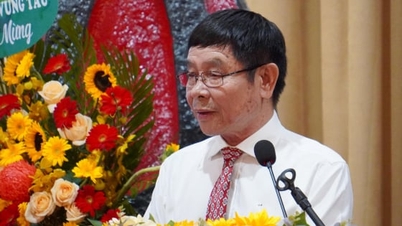

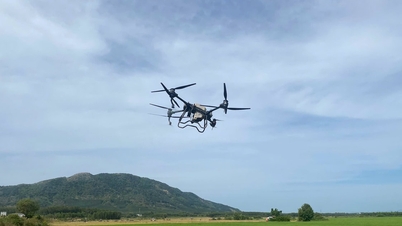
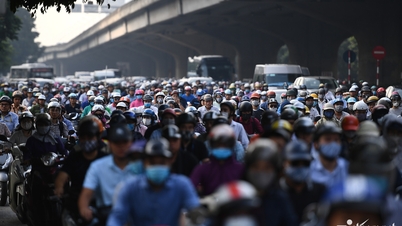

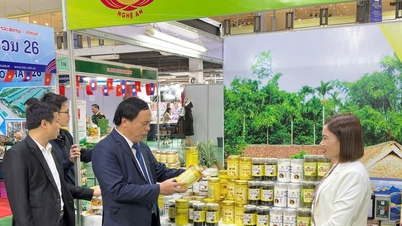

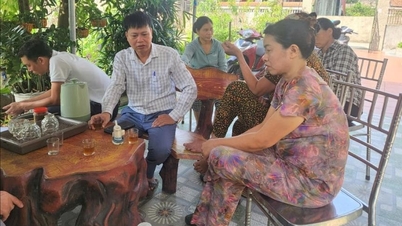
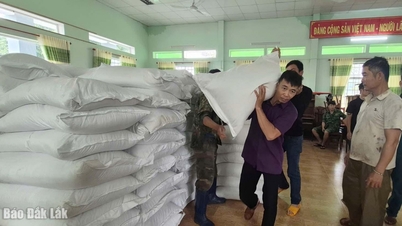

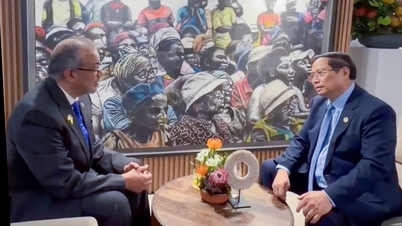
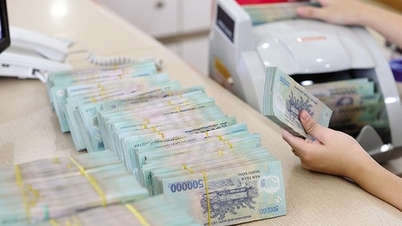







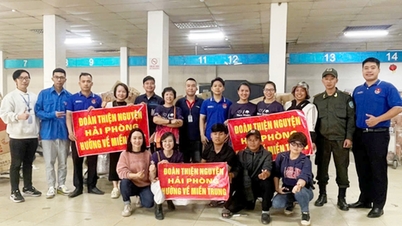
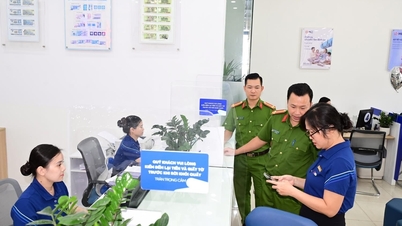

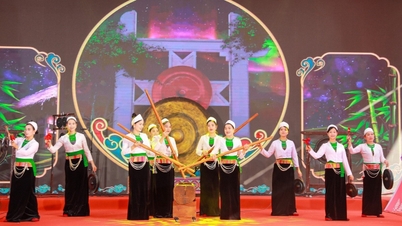



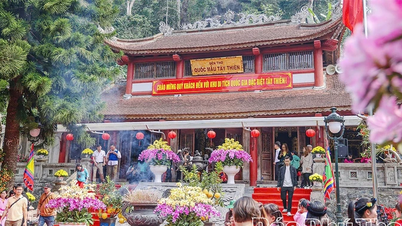



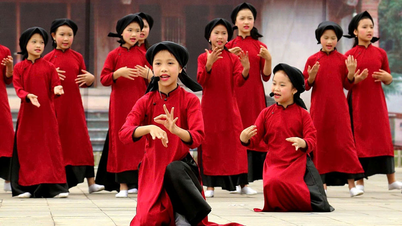

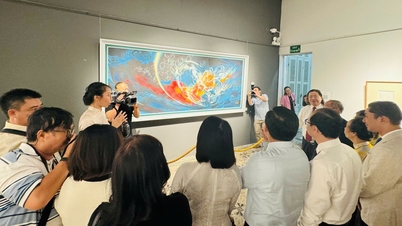


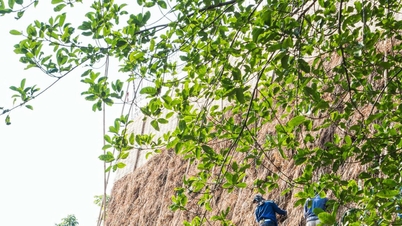

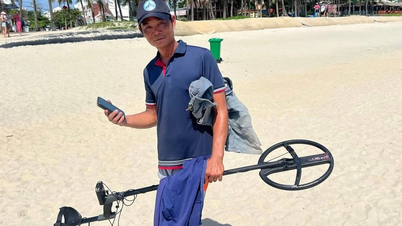



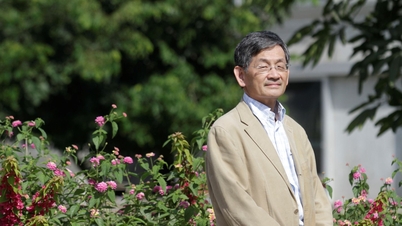
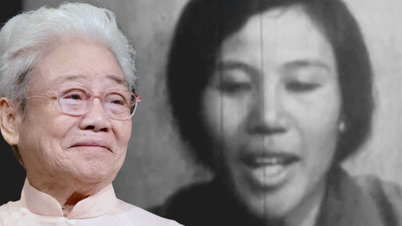


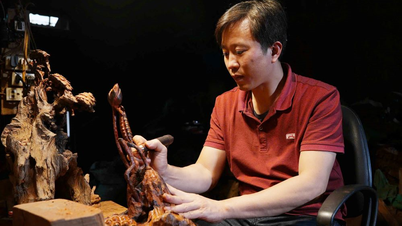















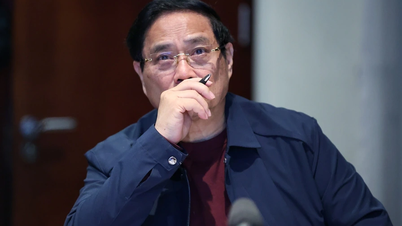
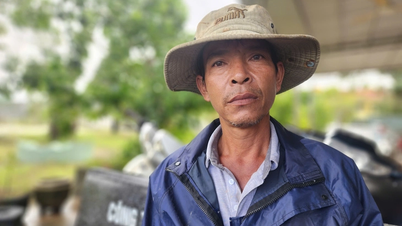

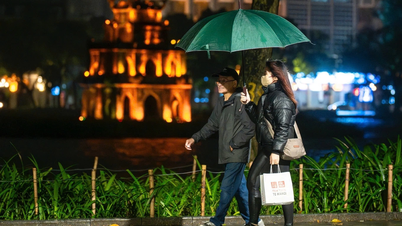





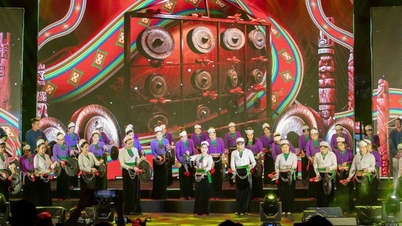





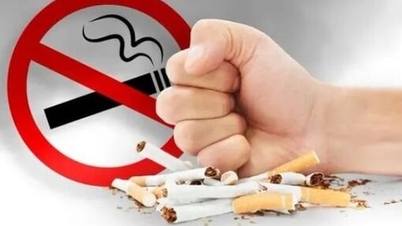


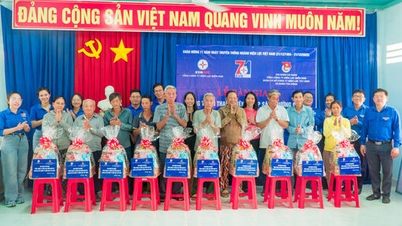














Comment (0)